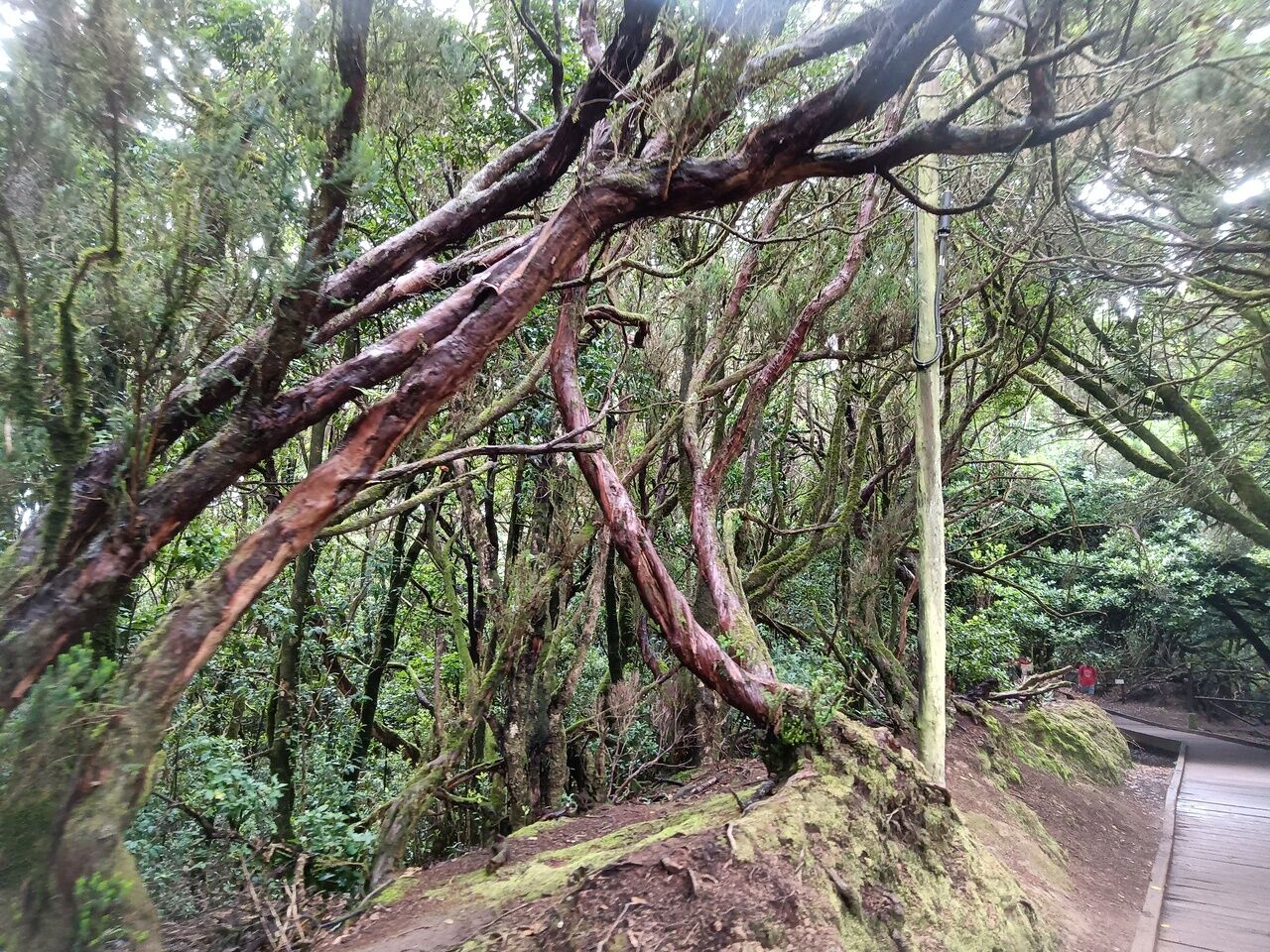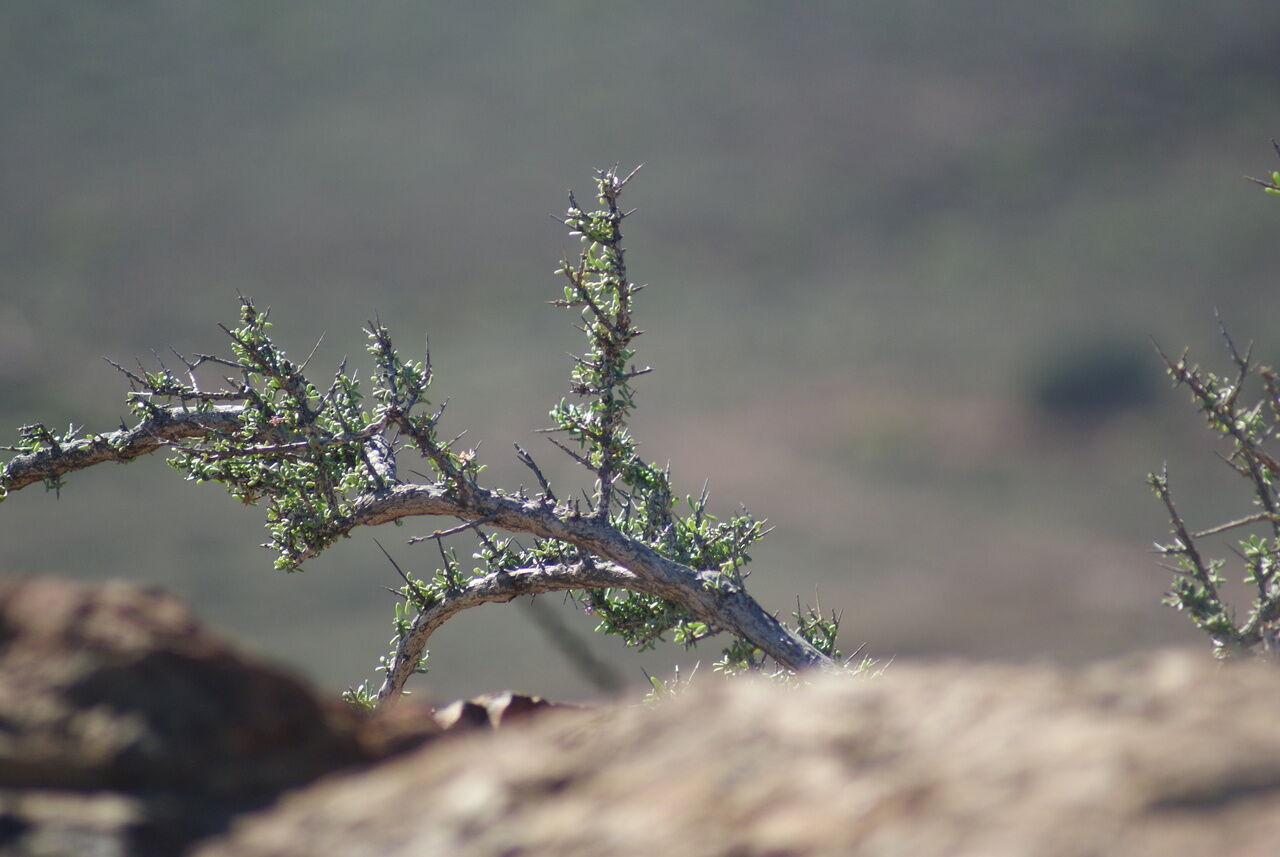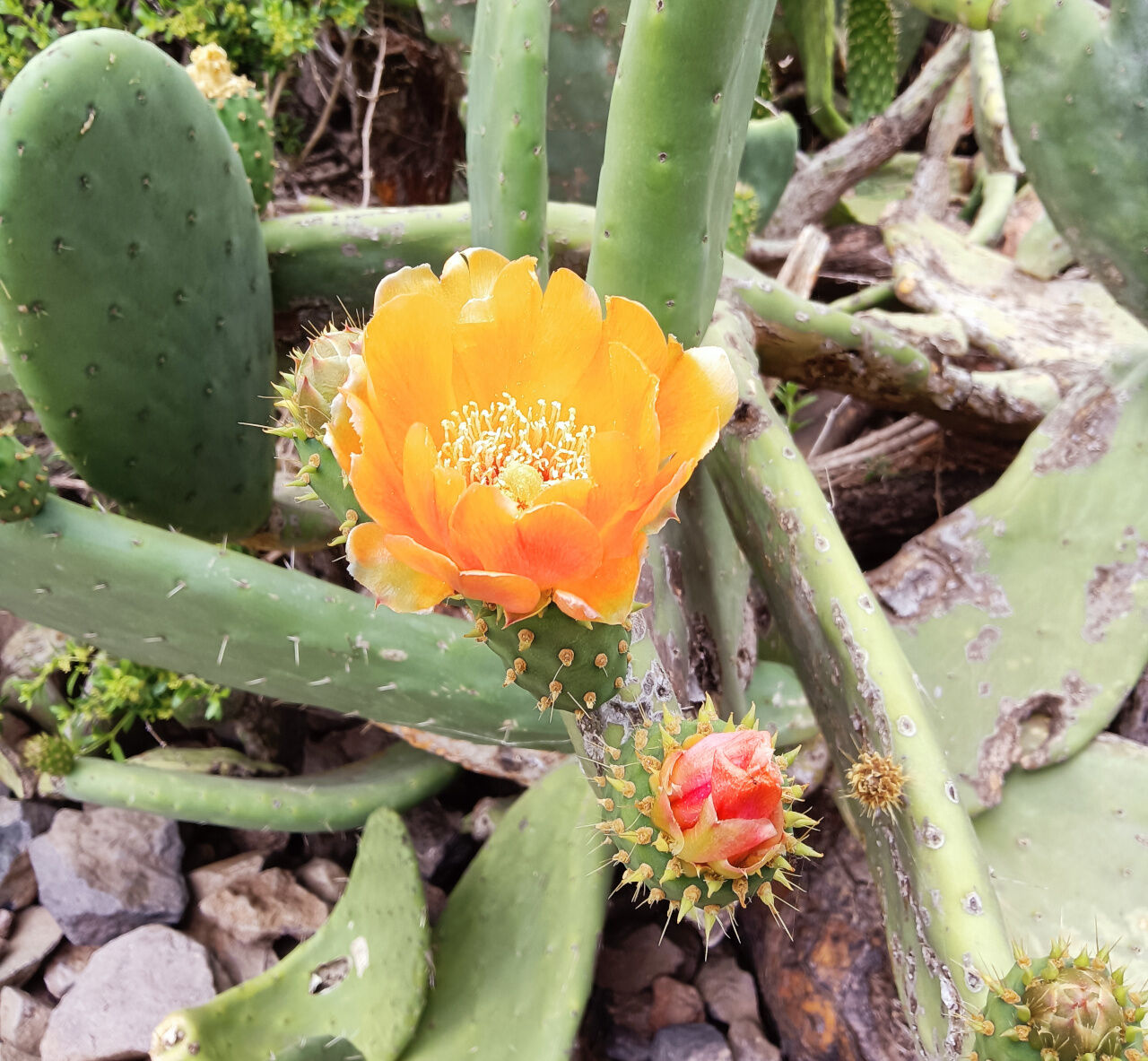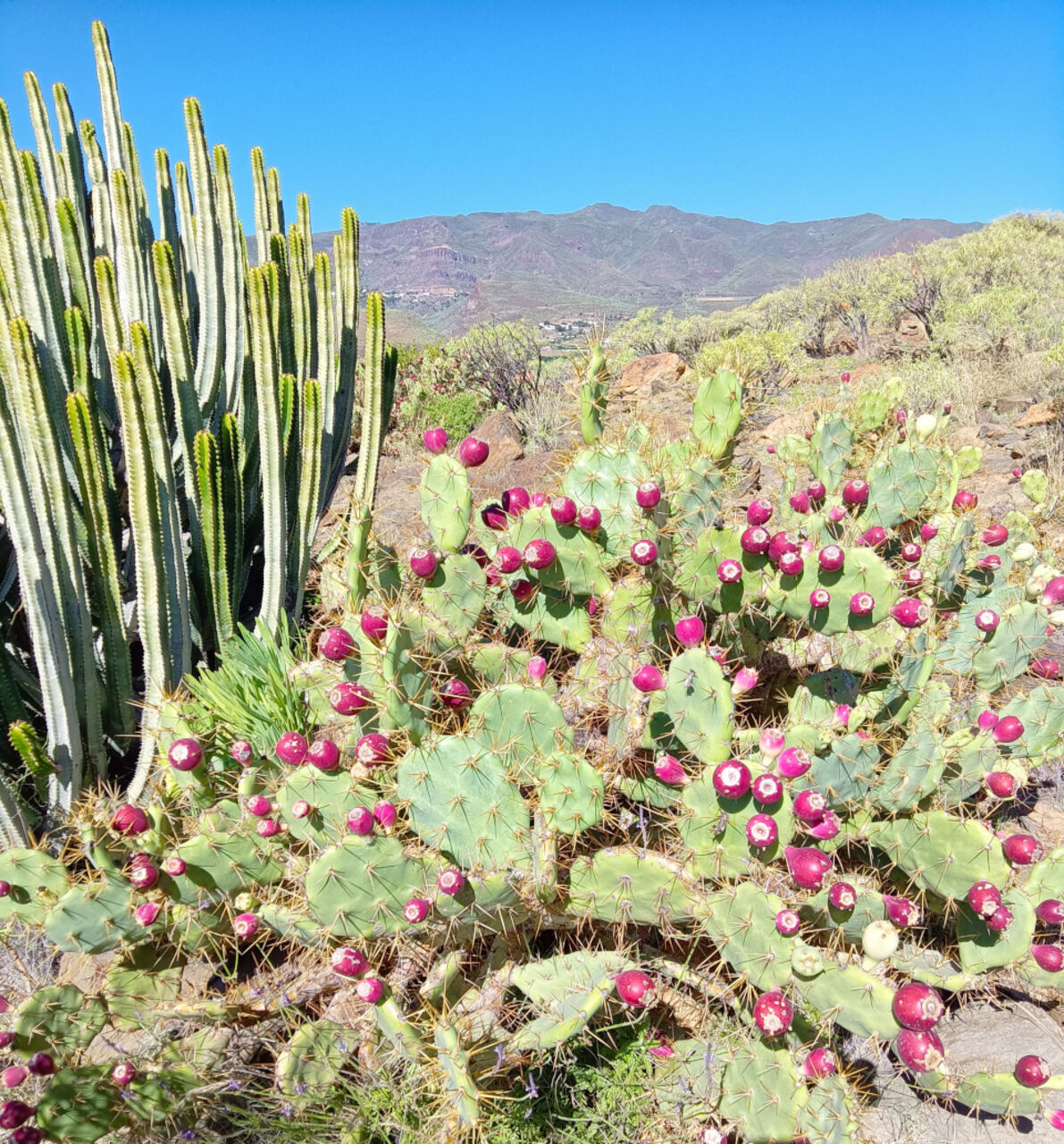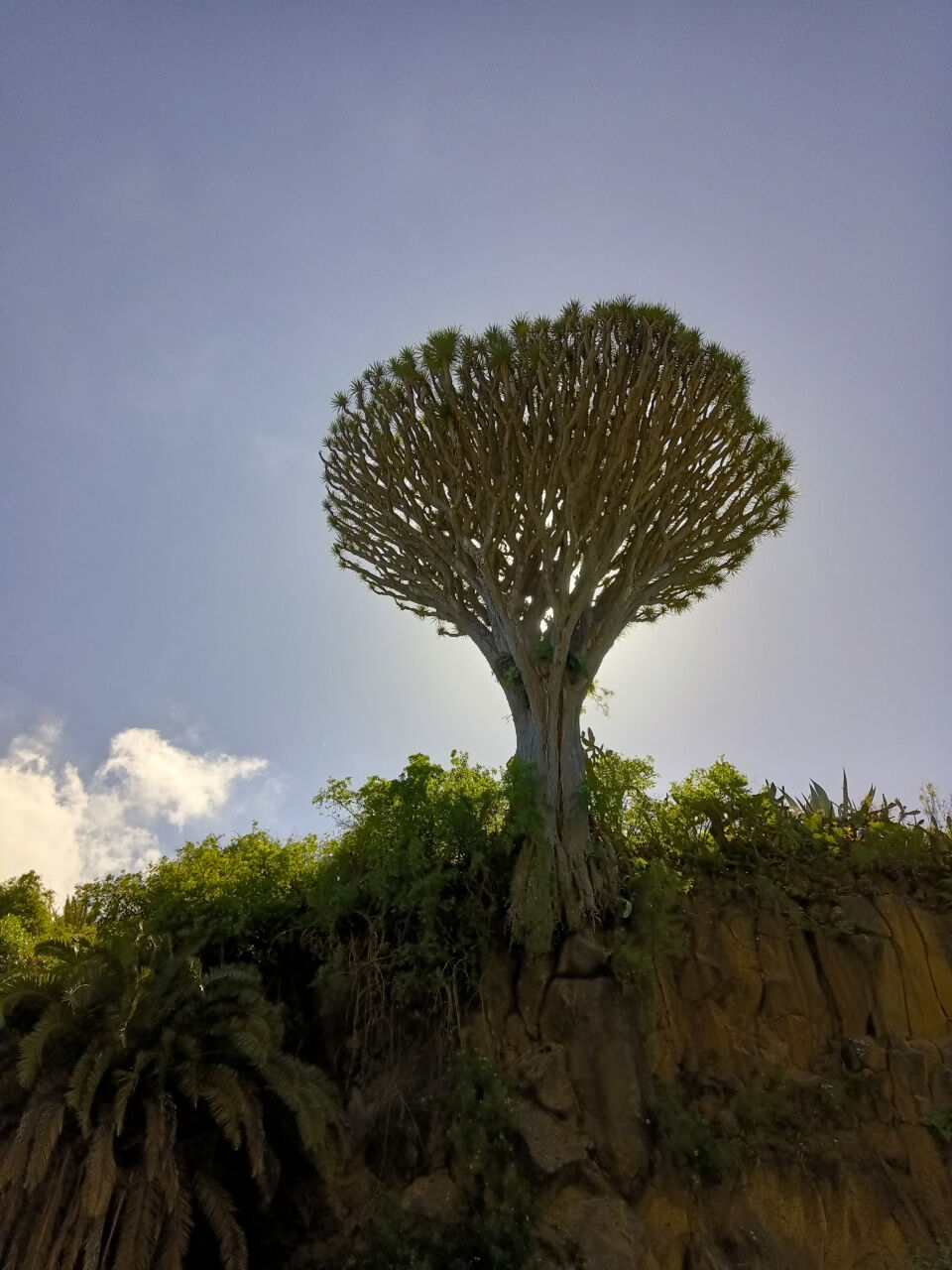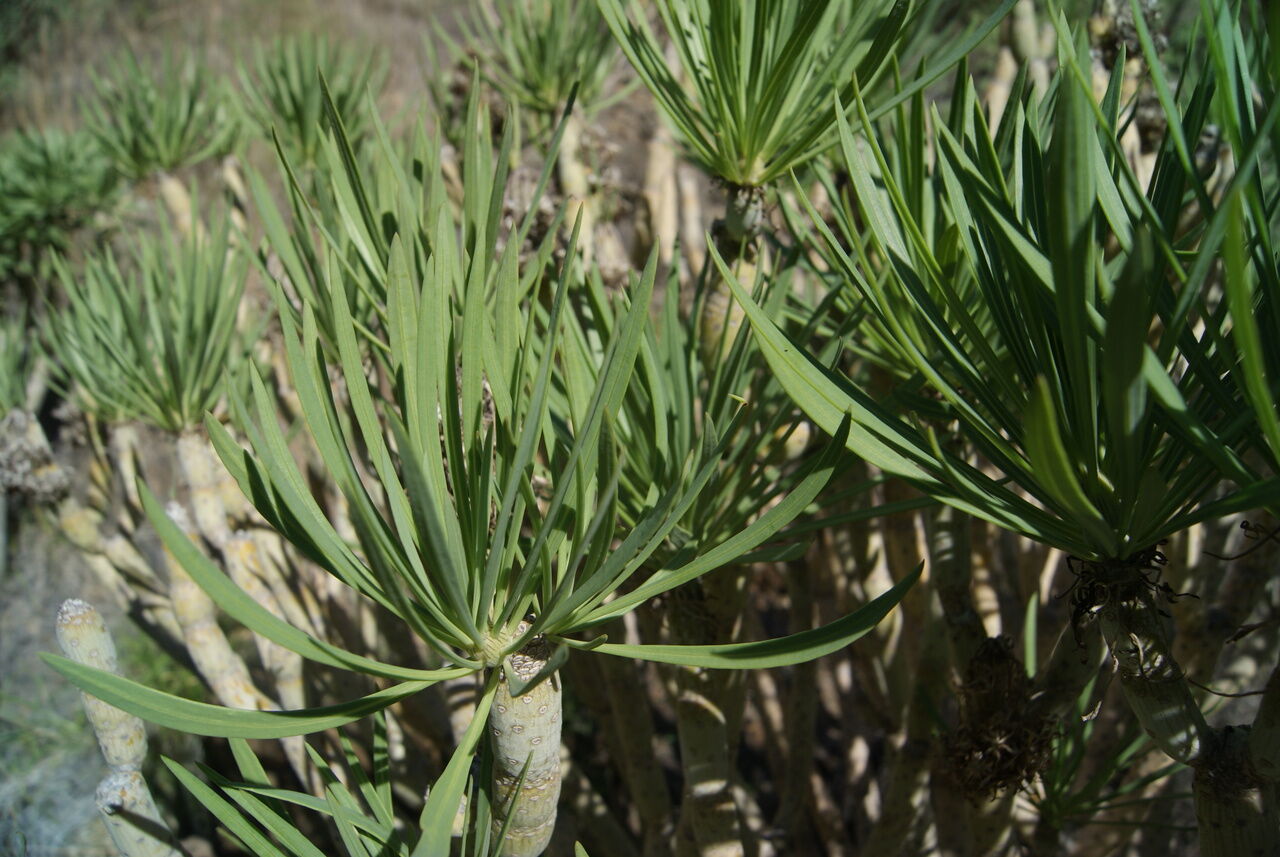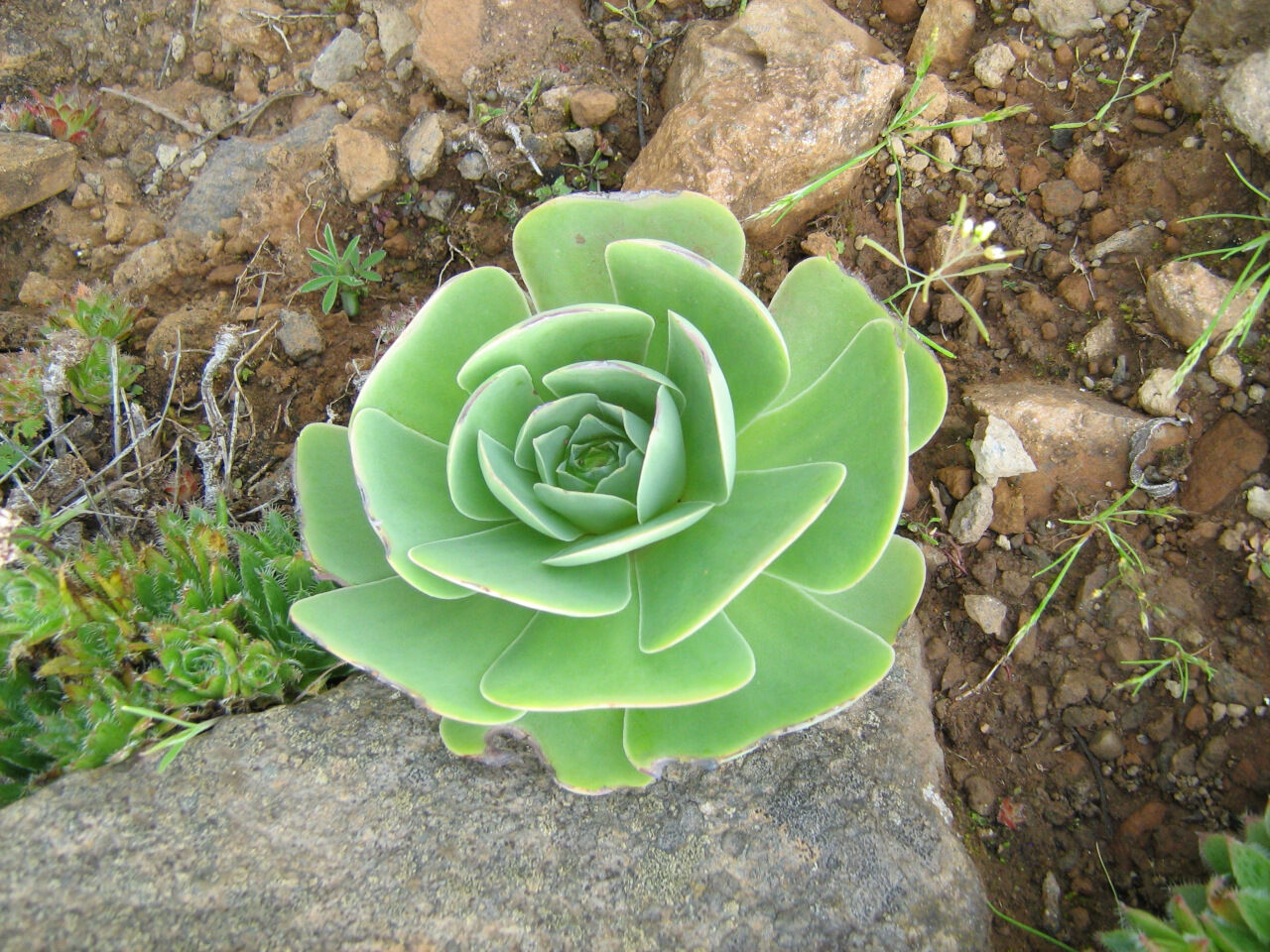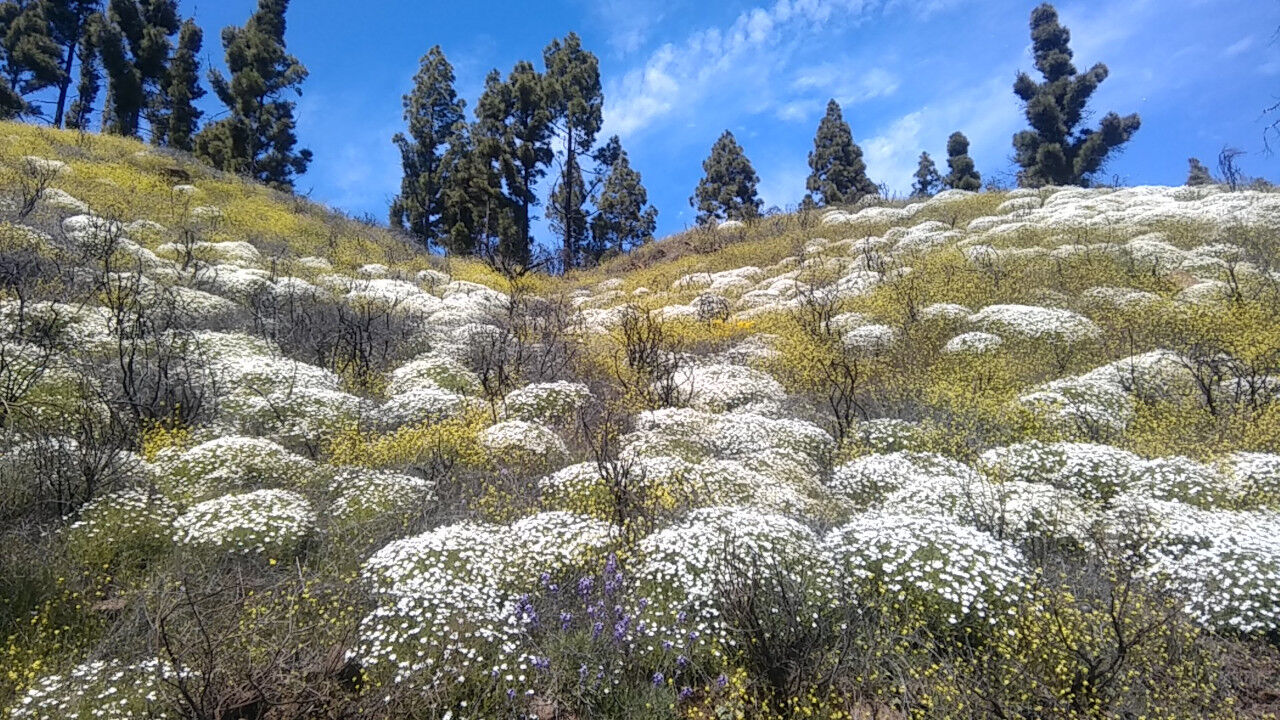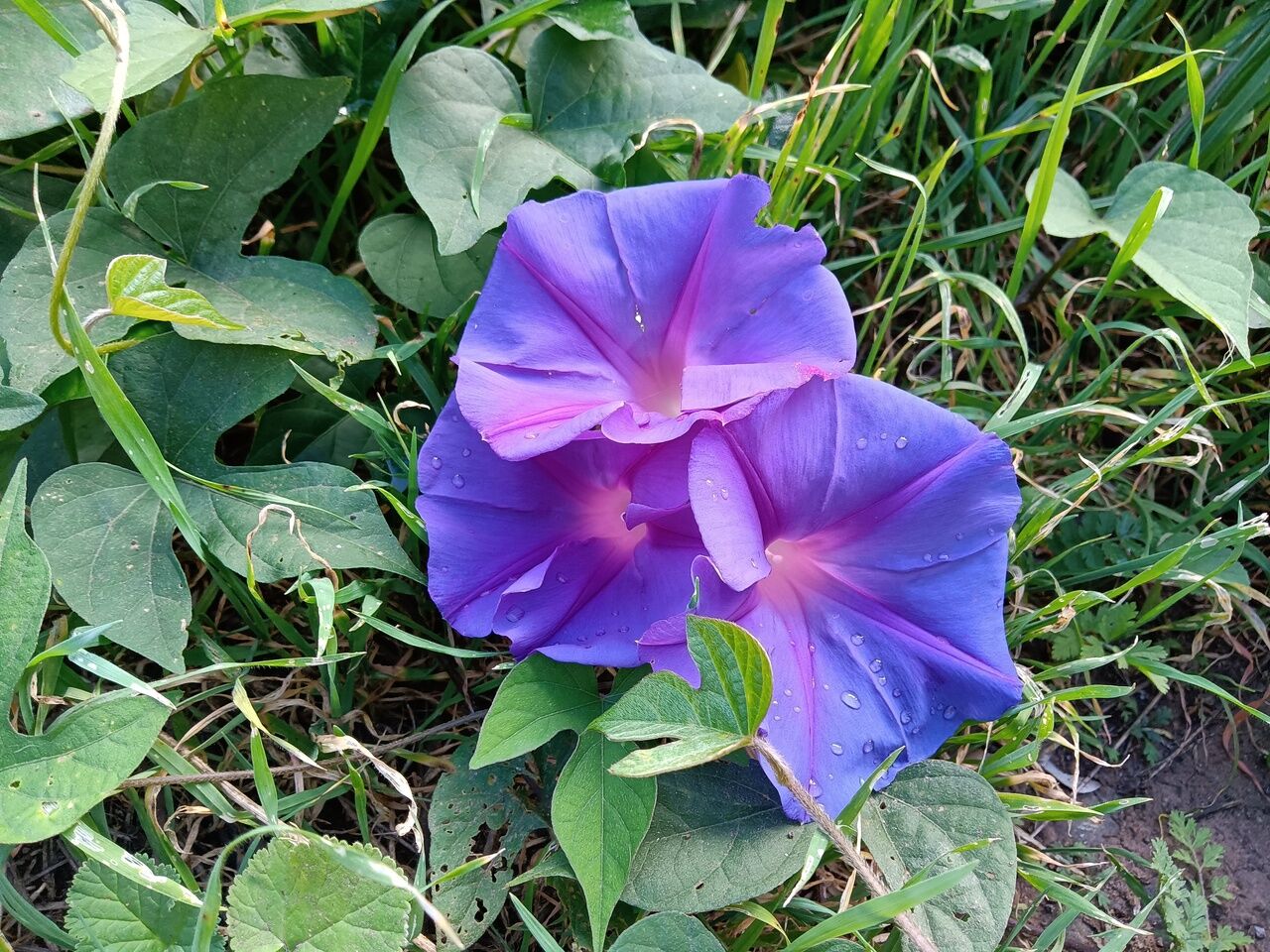In your excursions and activities in the mountains that you can do while visiting Gran Canaria, you will highlight the abundance and above all the variety of flora. The island has many different habitats, and therefore a very varied vegetation that should not be missed.
Lovers of photography and in particular of macro photography will find a multitude of exotic flowers and plants that are not found in northern European countries.
What are the characteristic plants and vegetation of Gran Canaria?
Laurisilva
In Gran Canaria, the Laurisilva forests stand out. The Laurisilva of the Macaronesian islands, and in particular of Gran Canaria, is a small sample of what was the flora in the European continent before the last glaciation. The islands formed a small shelter where this vegetation could survive until today. However, many of the species that make up the laurel forest are in danger of extinction.
The best preserved laurel forest is found in the Garajonay Park on the island of La Gomera. In Gran Canaria, it is found in the area called "Los Tilos de Moya". For an excursion to Tilos de Moya from the tourist areas of the south of Gran Canaria such as Maspalomas, the best option would be to have your own vehicle, or to have a company that can take you there.
Arid soil vegetation
Perhaps even more exotic for visitors to the island of Gran Canaria is the vegetation of the arid zones in the south and southeast of the island.
In these zones we will find numerous plants of type "cactus".
The Cardón (Euphorbia canariensis) is a plant in the shape of a candelabrum, endemic to canary islands. It is very abundant in the arid South-East canyons, slightly inland from the tourist places on the coast.
The Tunera is a very common plant in the semi-arid areas of the south of Gran Canaria.
The tunera produces an edible fruit called tuno, which can be amazingly colored. It is necessary to be very careful when peeling this fruit because it has small, barely visible barbs that go into the skin of the fingers, which, in the long run, can be painful. If the fruit is wrongly peeled, the barbs can be very painful in the mouth.
The dragon tree
The dragon tree (Dracaena draco), "drago" in Spanish, is a tree-like plant that grows very slowly, endemic to the Canary Islands, and whose shape is very striking. It has a high symbolic and cultural value in the Canary Islands, and is also very attractive as an ornamental plant. Its sap has a red color that reminds us of blood, hence its name.
See See the dragon tree in Alonso Canyon on googlemap
A peculiarity is that its branches subdivide approximately every 15 years, so that the age of a dragon tree can be estimated by multiplying the subdivisions we observe by 15.
Verol and Bejeque
The verol, or verode, is a Canary Island endemism extremely abundant on the island of Gran Canaria. It needs some humidity, but not much soil, so it grows easily among volcanic rocks. It is an easy plant to find on the sloping tile roofs of humid areas. In fact, it is a problem because it damages roofs.
The Verol often shares its habitat with the Bejeque (Aeonium canariense).
Flowers
Flowering landscapes of the summit of Gran Canaria in spring.
